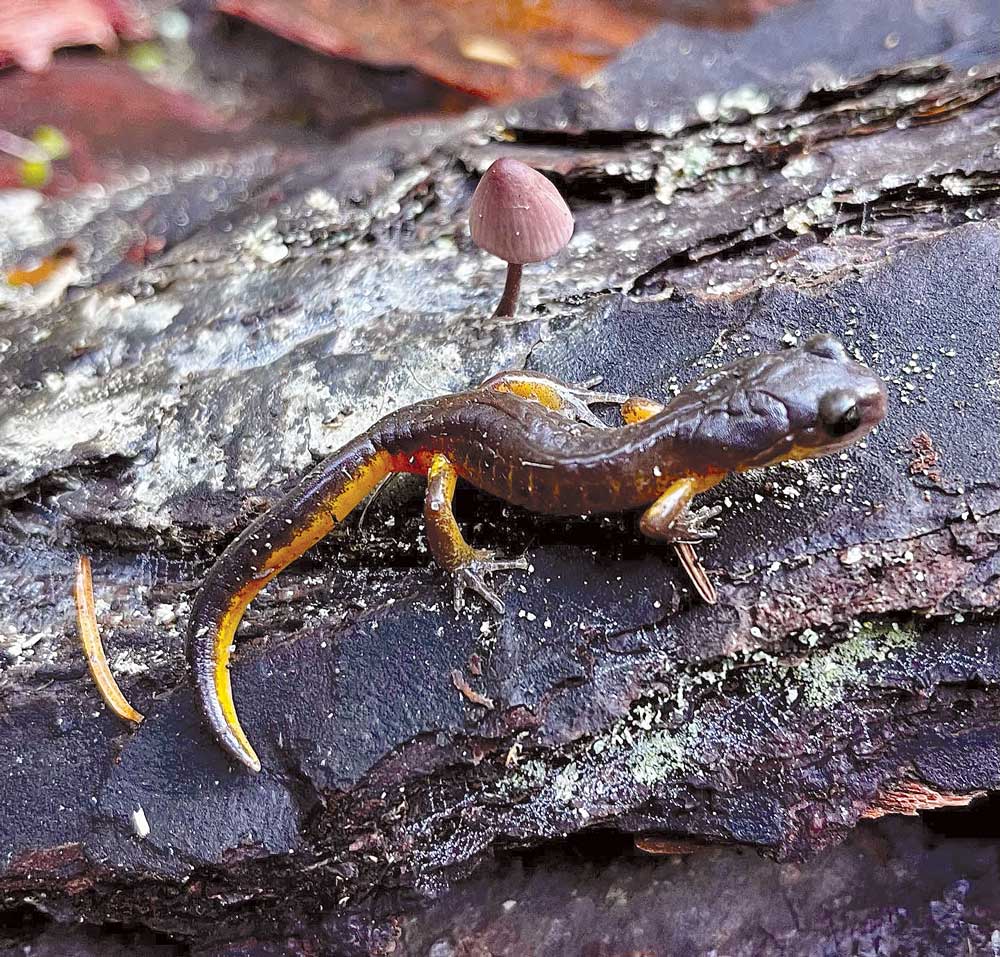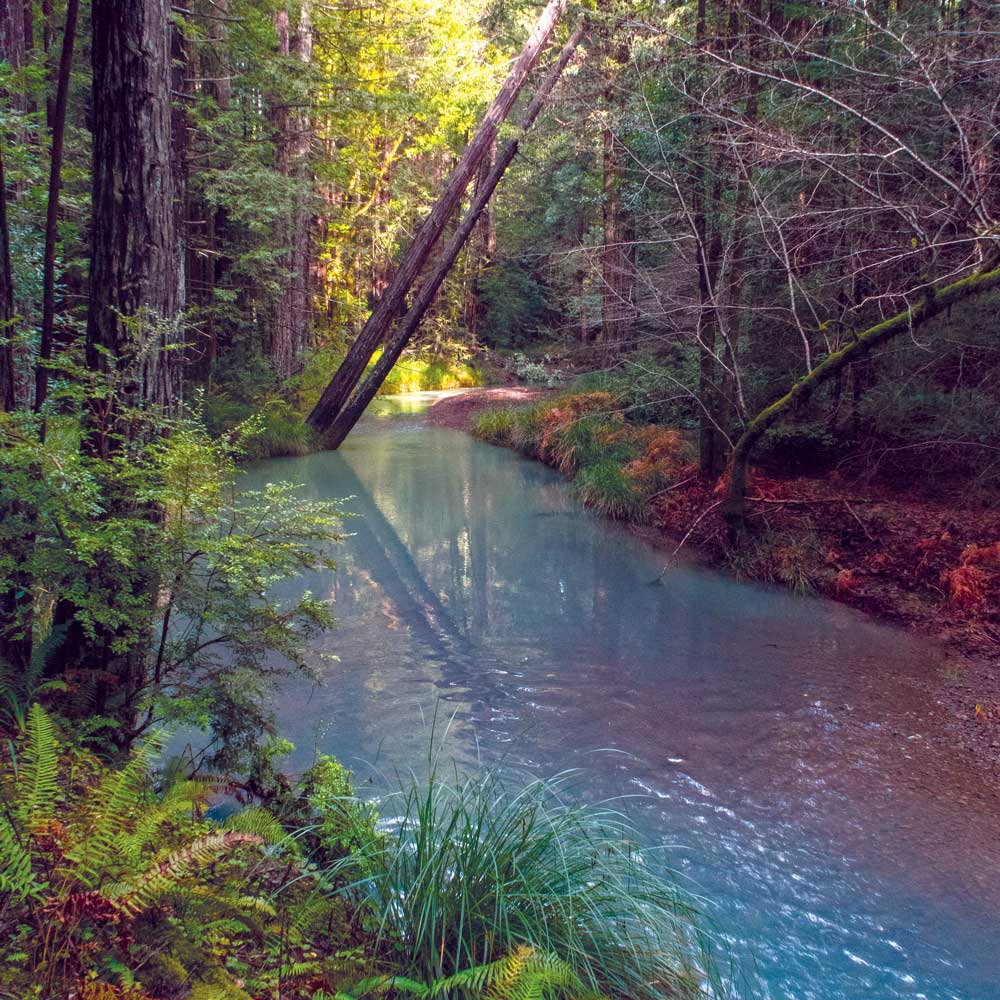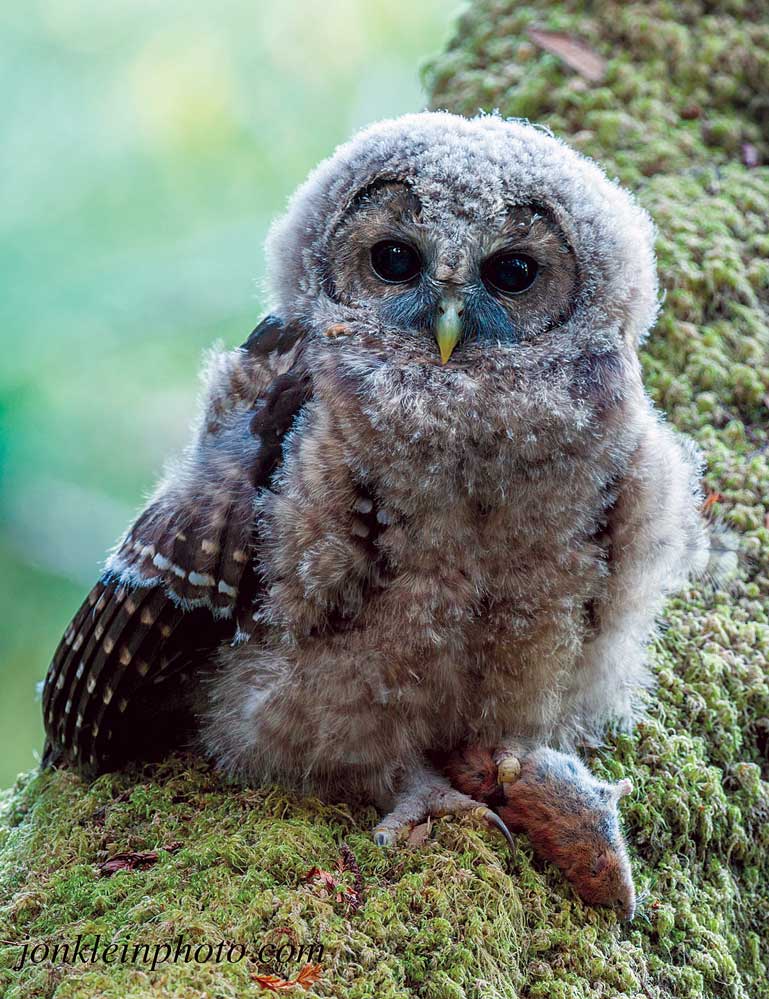The Disquiet Report: Missives and Musings from Chad Swimmer
Keeping Timber Harvests Out of Jackson State Forest

Over the last three years, coordinated community action has successfully stopped a number of timber harvest plans (THPs) in Jackson—California’s largest state forest. Two of the blocked THPs had been submitted, one was approved and sold to a mill, and others were under development. The total area saved by the work of the Coalition to Save Jackson exceeds four square miles. The halting of these plans represents a shining example of what citizens can do when we work together.
All the area saved has a long history of heavy use by locals for walking, mountain biking, equestrian activities, mushroom foraging, and just relaxing.
I put together this photo essay to highlight the unique and extraordinary beauty of so-called Jackson. (I say “so-called” because why must we use the name of the first timber baron responsible for the forest’s destruction?) The defeated THPs are described in the captions. The areas are left alone for now, but permanent protection is still lacking.
Enjoy the photos!

The Gemini Tree, site of a mother/daughter treesit, with activist and organizer Michelle McMillan arranging her flower lei. The Caspar 500 THP was approved in the Spring of 2020, just as the pandemic was first ravaging the country. It was sold to a mill and subcontracted to a licensed timber operator, who attempted to start logging in June of 2021, but the destruction was put on hold by direct action and civil disobedience—including two tree-sits and numerous lock-downs, led first by local youth, young adults, and long-time forest activists. Continued action on legal, procedural, and community fronts led to the eventual expiration of the timber sale contract, which now is not likely to be renewed without substantial modification (though it seems that most mills are loath to step into the fray). Saved for now!
Photo by Chad Swimmer

Ensatina eschscholtzii in the Mitchell Creek THP bounds
Photo by Chad Swimmer

Mitchell Creek and Little North Fork Big River: These two THPs were submitted in 2020 and were immediately hit by hundreds of public comments. These exhaustively researched complaints were from groups and organizations such as EPIC, the California Native Plant Society, the Coyote Valley Band of Pomo, the Audubon Society, the Sierra Club, the Mendocino Woodlands Camp Association, and others. The gravity and authority of these comments combined with the threat of more direct action gave CAL FIRE pause. The plans languished in “director’s decision” phase for 16 months, after which they were finally withdrawn.
Photo by Jaime Armstrong

Medicinal turkey tails, Trametes versicolor
Photo by Chad Swimmer

Photo by Jon Klein

Photo by JP O’Brien

Photo by Art Mielke

